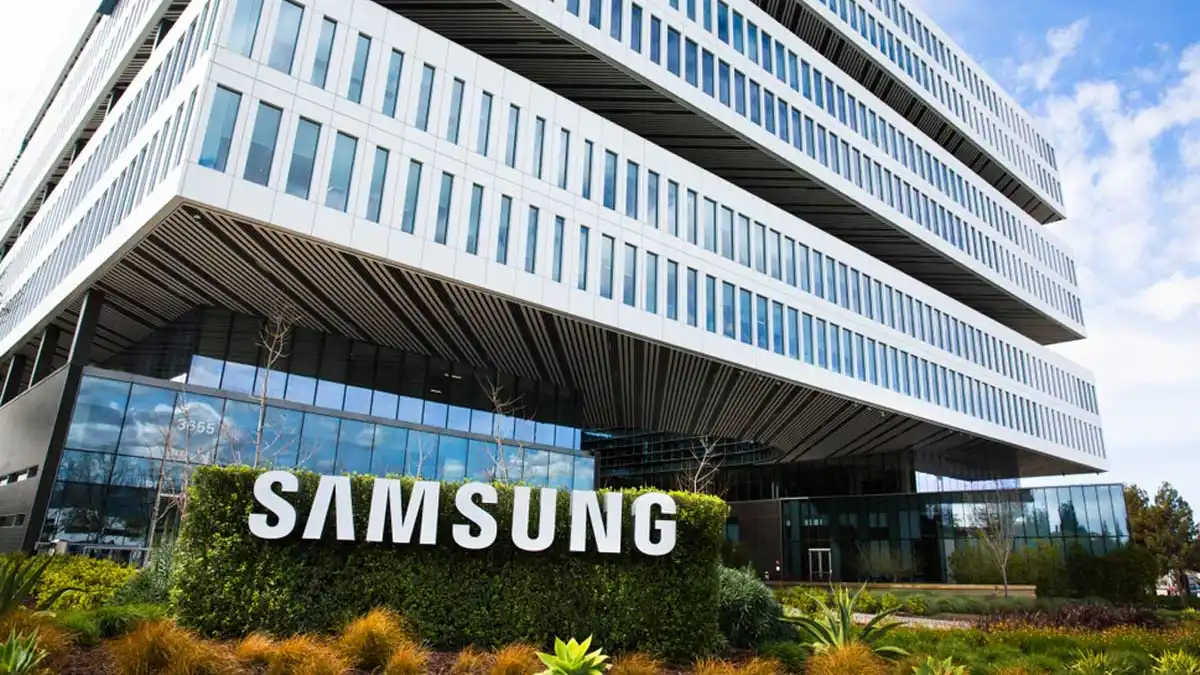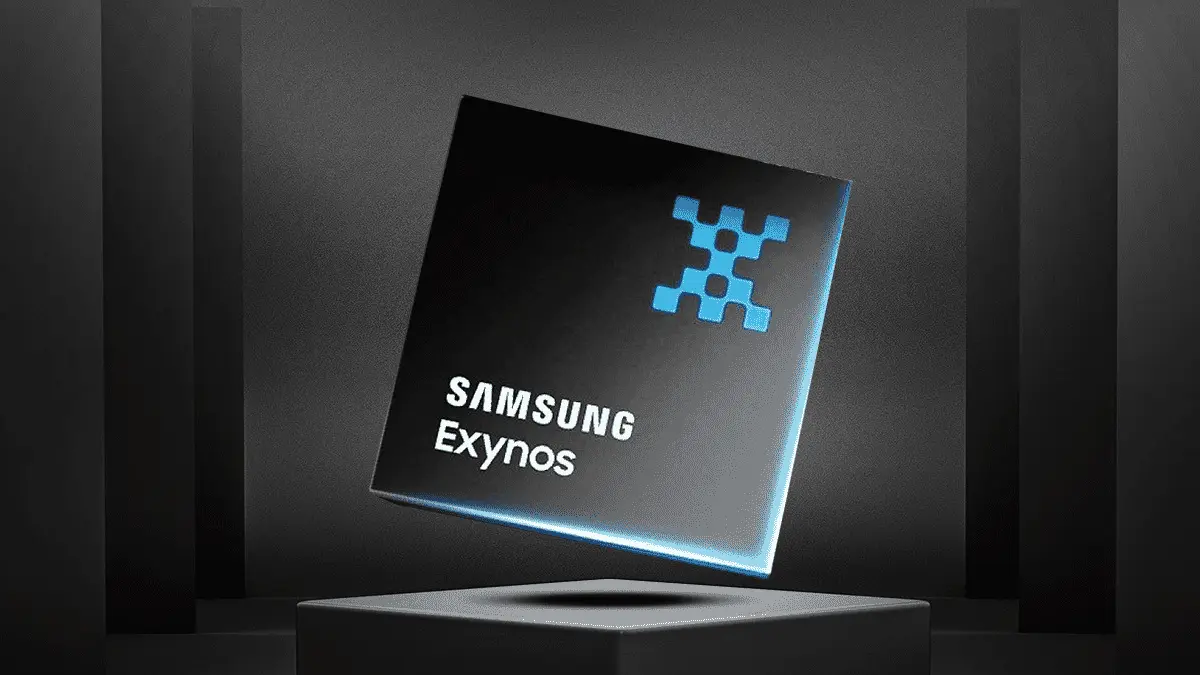Samsung
Samsung may shift production from China

The number of Samsung Electronics employees in China eight years ago climbed to 60,000 but now has dropped to 10,000, according to a Samsung report released on July 6.
The number of employees in South Korea for Samsung has increased by 20% in the past five years due to the growth of semiconductor factories in Korea.
Analysts say that Korean companies are slowly shifting production bases to Vietnam and India because of additional regulations and discrimination from the Chinese government, while another factor is the increasing unit prices.
What Samsung’s Report Says:
- According to Samsung Electronics’ 2022 Sustainability Report, in Q4 2021, a no. of 17,820 people performed at the firm’s subsidiaries in China. Which saw a decrease of 70. 6% from the high of 63,316 in 2013.
- The crew in China dropped below 60,000 in 2014, under 50,000 in 2015, and 40,000 in 2016 and 2017 when the THAAD incident broke out.
What is the THAAD issue? The same month in 2016, the U.S. and South Korea announced the alliance decision to deploy a U.S. Terminal High Altitude Area Defense (THAAD) anti-missile battery in South Korea to defend against the increasing North Korean missile threat.
Following this, the Workforce stoop even further when due to the commerce dispute between the United States and China, i.e. less than 30,000 in 2018 and 2019, and below 20,000 in 2020 and 2021.
During this period, Samsung Electronics pared its factories in China. They were ;
The communications factory in Shenzhen in May 2018 and its smartphone factory in Tianjin in December of the same year suffered the closing.
Factory in Huizhou in 2019 was the last to go, the smartphone production headquarters in China.
Following this, in July 2020, the company also closed its computer manufacturing installations in Suzhou.
The Future:
Currently, these factories and production facilities have been moved to Vietnam and India, with China having only three facilities at this point.
They are a home appliance factory, a semiconductor back-end processing plant in Suzhou, and a memory semiconductor factory in China. Xi’an.
Samsung has been hit by high tariffs following the US-China trade dispute, policies focused on domestic demand, and rising labour costs. Tariffs are taxes levied on goods or services imported from another country.
Tariffs are trade obstacles that inflate prices and reduce available quantities of goods and services for the U.S., businesses, and consumers.
The strict blockade policy for the pandemic has hindered Samsung’s stable business in China.
The South Korean tech giant is expected to discontinue acquisitions of the in-home appliance and semiconductor manufacturing leftover facilities in the Dragon’s Den.
Although, this could be seen as a profiteering opportunity for still developing and potential holder countries like the land of tigers, culture & spirituality, India.
Sources & References :
Samsung
Samsung Galaxy S25 Level Up Your Game As It Boasts Powerful Snapdragon 8 Gen 4

The Samsung Galaxy S25 series is first in line for the following year and is expected to come and prove to be an excellent gaming phone, as it is supposed to be powered by the Snapdragon 8 Gen 4.
If the reports are to be believed, Samsung will power the forthcoming Galaxy S25 with a Snapdragon 8 Gen 4 chip in a few regions and the Exynos 2500 in others. While both chips will most likely be quite powerful, noticeably, the Snapdragon 8 Gen 4 is expected to feature an extremely powerful GPU.
As per the report revealed by the well-known tipster Digital Chat Station, it is speculated that Qualcomm’s Snapdragon 8 Gen 4 chip has an exceptionally powerful GPU for improved and upgraded graphics performance. It is reported that the Qualcomm chip can run Genshin Impact at the native 1080p resolution.
At the moment, it appears that the game is running at 720p resolution by default, and even then, many phones struggle to maintain the 60fps frame rate with graphics quality set to the highest.
Qualcomm started actively building up the development of the Snapdragon 8 Gen 4 and has decided to debut it on October 1, 2024. This forthcoming flagship chip is reported to be manufactured using TSMC’s 3nm process and feature Qualcomm’s custom CPU core named Oryon.
However, these CPU cores are already housed in the Snapdragon X Elite chipset built for ARM Windows laptops, which delivers impressive performance. Given this prospect, it is expected that the Snapdragon 8 Gen 4 can also offer impressive and efficient performance.
Apart from all that, the Xiaomi 14 will be the first phone to debut featuring the Snapdragon 8 Gen 4, which could be introduced sometime in October 2024.
Samsung
Samsung Setting Up To Overtake Its Rivals TSMC & Apple With 3-nm Exynos W1000 Chip

The Korean electronics firm ‘Samsung Electronics’ is now setting up to apply its latest 3-nm processing technology to the forthcoming Galaxy smartphones and smart wearable watches. It is expected that, initially, the brand will power the next Galaxy Watch 7 with this process.
The Korean giant will start operations of its second-generation 3-nm production line in its home country by the end of the year. If the reports are to be believed, the Galaxy Watch 7 could be the first product to be powered by the latest chip process technology, the Exynos W1000 application processor (AP) chip, taking on its competitors Apple and TSMC.
The Exynos W1000 is based on the 3-nm process node, the most advanced technology available in the chip industry yet, which is expected to upgrade computational performance and power efficiency by over 20%. Once Samsung debuts its forthcoming Galaxy Watch 7 powered by 3-nm AP, this will be the most powerful smartwatch to compete with the Apple Watch Series 9 powered by 5-nm AP.
Apple leads the wearable smartwatch industry with a 45% market share, as per the metrics of the third quarter of 2023, followed by Samsung with a 20% share. On the other hand, Samsung is planning to introduce its latest wearable device, the Galaxy Watch 7, and the very first Galaxy Ring at the Galaxy Unpacked event in Paris.
Next-generation foldable phones, the Galaxy Z Fold 6 and Galaxy Z Flip 6, are also scheduled for the unpacked event in Paris. Jumping on the next year, the Galaxy S25 series is supposed to debut in early 2025 and is expected to use a powerful 3nm Exynos W1000 chip.
Samsung
Samsung To Introduce New Wearable Product In Paris Ahead Of 2024 Olympics

Samsung is cooking up a new market strategy as it sets up to hold an Unpacked event, a new product launch event to expand the smart wearable family, around July 10.
Samsung fans are already eagerly waiting for the July Unpack event, as Samsung is expected to introduce next-generation foldables, the Galaxy Z Fold 6 and Galaxy Z Flip 6. Samsung Electronics says its Mobile Experience (MX) Division will hold an Unpacked event in Paris, France, around July 10.
The referees suggest that the key reason behind holding this event is just to maximize marketing effects ahead of the Paris Olympic Games, which are scheduled for July 26, 2024. The main focus of the giant appears to be unveiling the sixth-generation foldable phones, which are expected to bring more new generative AI features.
Apart from the next-generation foldable phones, the Korean brand is also looking forward to wearable devices at this Unpack event, as it is expected to introduce the Galaxy Watch 7 and the Galaxy Ring, which can be worn like a ring.
The forthcoming Galaxy Watch 7 will be powered by the new AP Exynos W1000, based on the second-generation 3-nm process. This is a state-of-the-art process developed by Samsung Electronics’ foundry division to catch up with TSMC. Reportedly, the chips based on the 3-nm process are 20% more power-efficient as compared to current 5-nm chips.
Samsung’s forthcoming Galaxy Watch 7 will be the first to detect sleep apnea and is expected to introduce blood sugar monitoring using AI and various health data. It can be used for at least up to nine days after charging.












